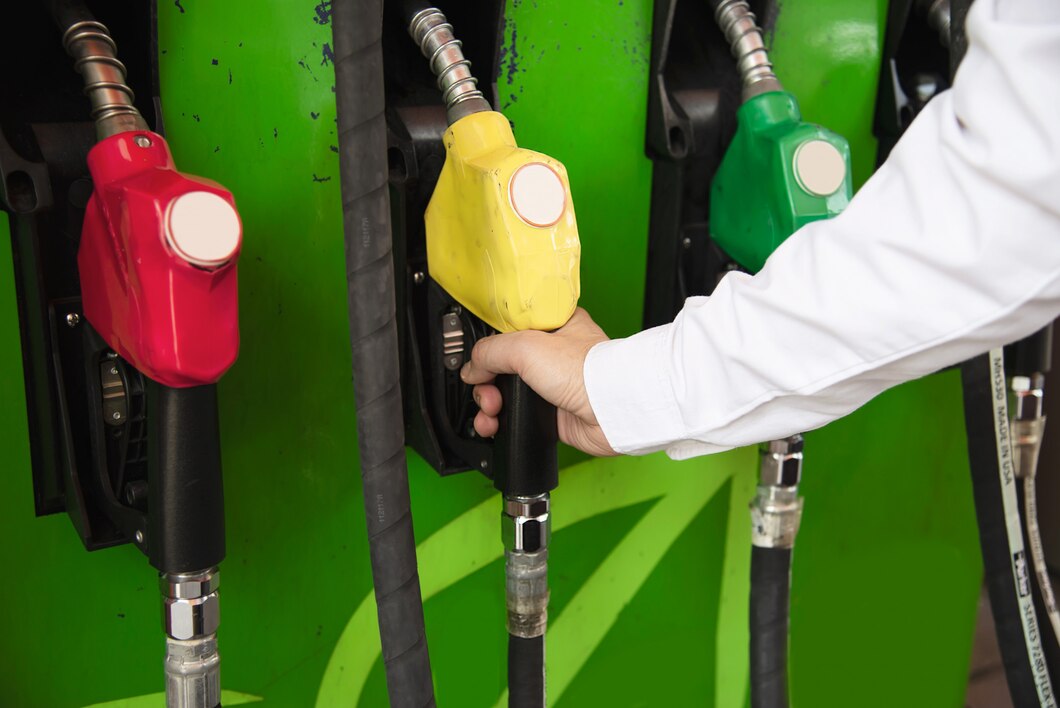With rising fuel prices and growing environmental concerns, maximizing fuel efficiency has become more important than ever. Whether you’re driving a fuel-efficient hybrid or a traditional gasoline-powered vehicle, there are plenty of simple yet effective strategies you can employ to squeeze more miles out of every gallon and save money at the pump. Let’s explore some top tips for improving fuel efficiency and reducing your carbon footprint on the road.
1. Maintain Your Vehicle:
Regular maintenance is key to ensuring optimal fuel efficiency. Keep your engine properly tuned, change the oil and filters as recommended by the manufacturer, and check tire pressure regularly. Underinflated tires can increase rolling resistance and decrease fuel efficiency, so be sure to inflate them to the recommended pressure levels.
2. Drive Sensibly:
Aggressive driving habits like speeding, rapid acceleration, and sudden braking can significantly reduce fuel efficiency. Instead, practice smooth and gradual acceleration, maintain a steady speed, and anticipate stops and slowdowns to minimize the need for sudden braking. Driving sensibly not only saves fuel but also reduces wear and tear on your vehicle.
3. Reduce Idling Time:
Idling consumes fuel without getting you anywhere, so avoid unnecessary idling whenever possible. Turn off your engine if you anticipate being stopped for more than a minute, such as at a long traffic light or in a drive-thru line. Restarting your engine uses less fuel than idling for an extended period.
4. Lighten Your Load:
Carrying excess weight in your vehicle can decrease fuel efficiency, so declutter your car and remove any unnecessary items from the trunk or cargo area. Every extra pound adds up, so travel light to maximize fuel economy.
5. Plan Your Trips:
Consolidate errands and plan your routes to minimize driving distances and avoid unnecessary backtracking. Combining multiple stops into one trip reduces overall mileage and saves fuel. Additionally, consider carpooling or using public transportation whenever possible to further reduce fuel consumption.
6. Use Cruise Control:
Utilizing cruise control on the highway helps maintain a consistent speed, which can improve fuel efficiency by reducing fluctuations in engine workload. Just be sure to deactivate cruise control on hilly terrain or in heavy traffic to maintain control of your vehicle.
7. Choose the Right Fuel:
Selecting the appropriate fuel for your vehicle is essential for maximizing fuel efficiency. Use the octane level recommended by your vehicle manufacturer, as using higher-octane fuel than necessary offers no benefits and can even reduce fuel economy.
8. Keep Aerodynamics in Mind:
Minimize aerodynamic drag by keeping windows closed at higher speeds and removing roof racks or cargo carriers when not in use. Avoid driving with windows open or sunroofs tilted, as this can increase wind resistance and decrease fuel efficiency.
9. Monitor Your Fuel Consumption:
Pay attention to your vehicle’s fuel economy and monitor changes over time. If you notice a sudden drop in fuel efficiency, it could be a sign of underlying issues that require attention, such as a malfunctioning oxygen sensor or a clogged air filter.
10. Consider Alternative Transportation:
For shorter trips or daily commutes, consider alternatives to driving, such as walking, biking, carpooling, or using public transportation. Not only do these options reduce fuel consumption and emissions, but they also promote physical activity and reduce traffic congestion.
By implementing these fuel efficiency tips into your driving routine, you can maximize mileage, save money at the pump, and reduce your environmental impact. Whether you’re driving a compact car or a full-size SUV, practicing fuel-efficient driving habits benefits both your wallet and the planet. So, buckle up, hit the road, and drive smarter for a more fuel-efficient future.











